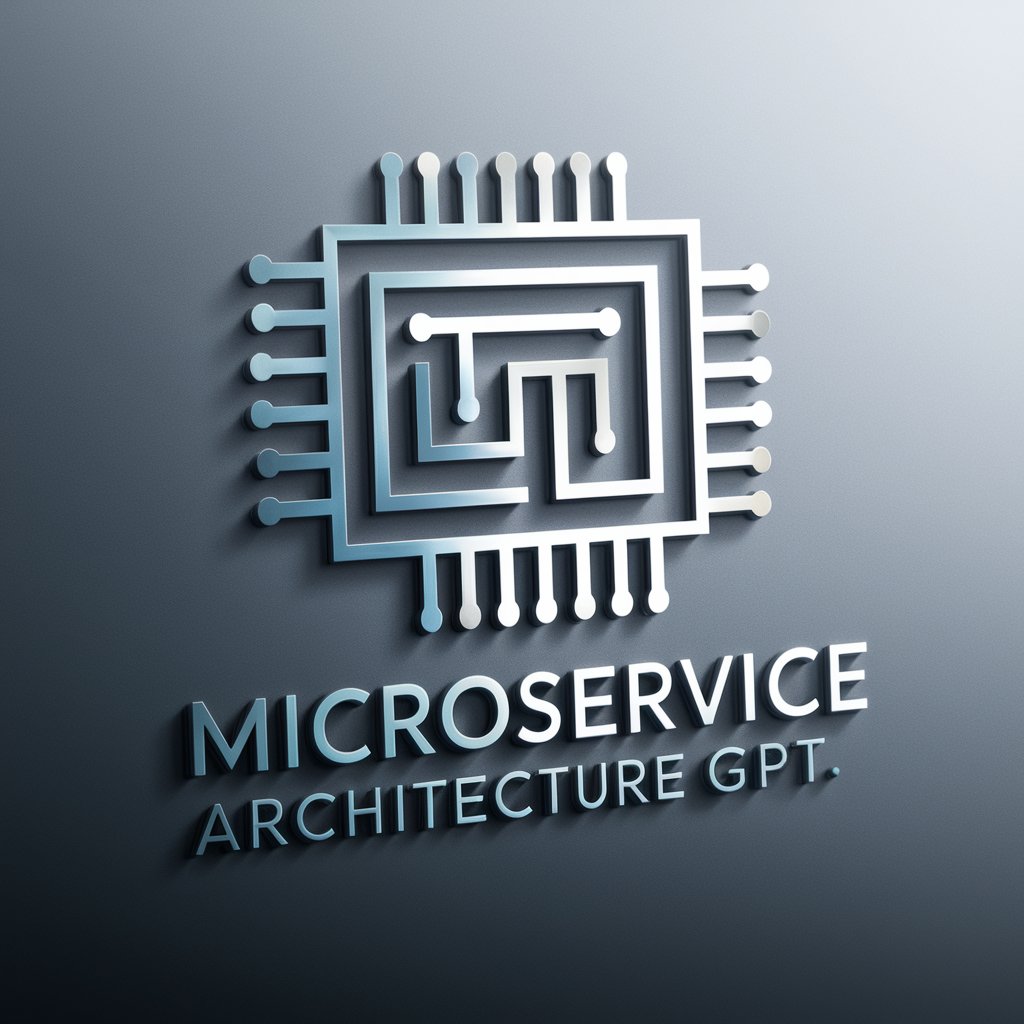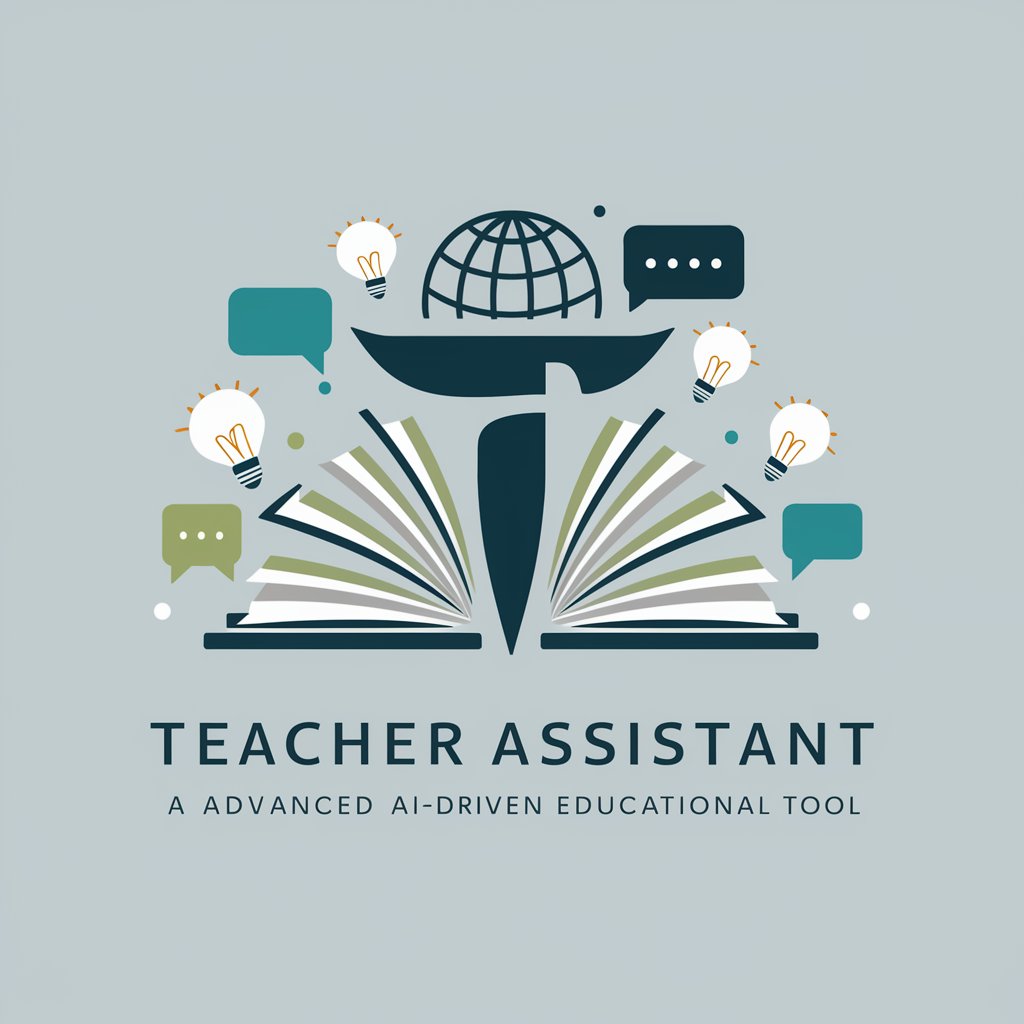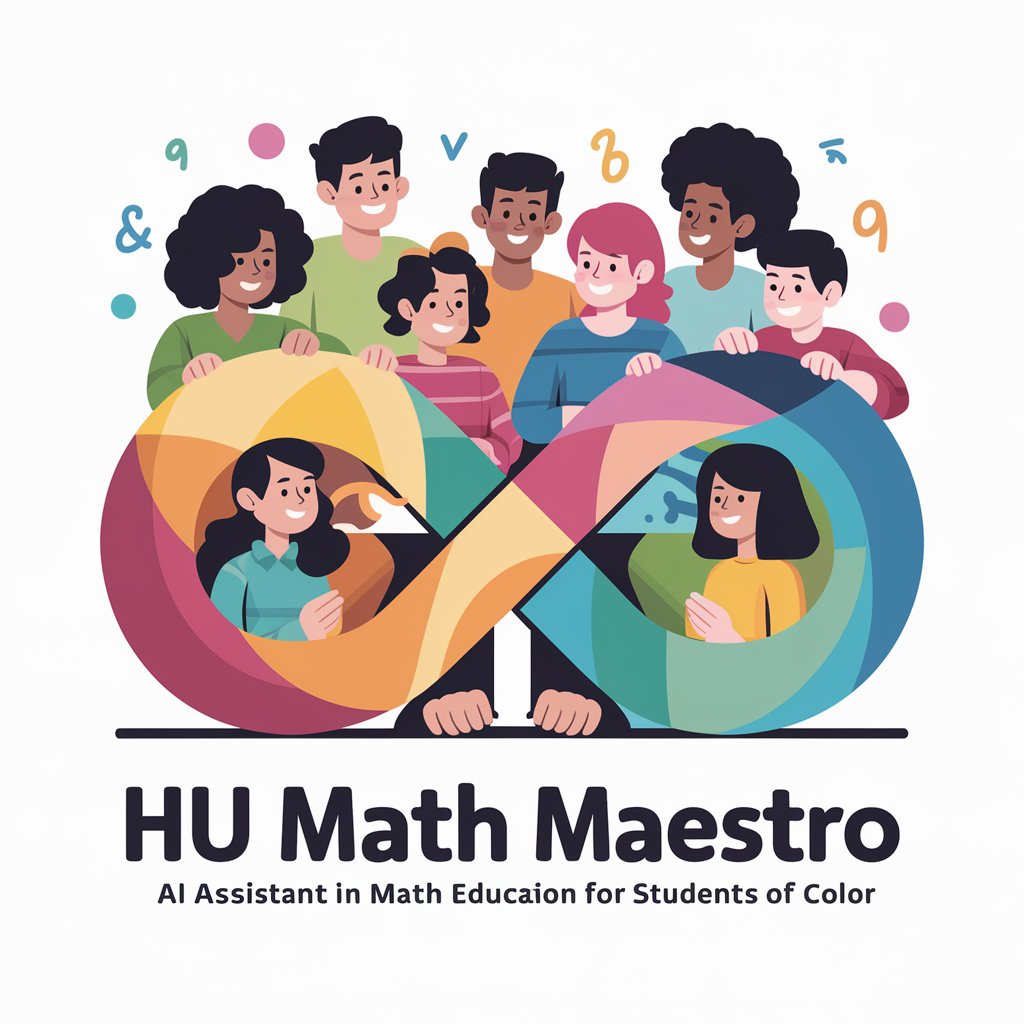Microservice Architecture GPT - Microservice Architecture AI

Welcome to Microservice Architecture GPT, your expert guide for scalable and efficient system design.
AI-Powered Microservice Design Assistant
How can I effectively decompose a monolithic application into microservices?
What are the best practices for inter-service communication in a microservice architecture?
Which containerization strategies can enhance the scalability of microservices?
How do I ensure high availability and fault tolerance in a microservice-based system?
Get Embed Code
Overview of Microservice Architecture GPT
Microservice Architecture GPT is an AI-assisted tool designed specifically to support system architects in creating scalable and efficient microservice architectures. It provides expert insights into service decomposition, communication protocols, containerization strategies, and more, tailored to the unique needs of each project. This GPT is programmed to offer specific, actionable advice based on the latest trends and best practices in microservices design. A typical scenario could involve a system architect planning to transition from a monolithic to a microservice architecture. Here, Microservice Architecture GPT would guide the architect through the process of identifying logical domain boundaries for services, selecting appropriate communication protocols, and implementing effective containerization strategies to ensure system scalability and performance. Powered by ChatGPT-4o。

Key Functions of Microservice Architecture GPT
Service Decomposition Advice
Example
Guiding the decomposition of a legacy application into well-defined, independently deployable microservices based on domain-driven design principles.
Scenario
For instance, when a retail company wants to improve the modularity of their IT system, this GPT could help in partitioning the system into distinct services like order management, inventory, and customer profiles, each encapsulating its own data and business logic.
Communication Strategy Planning
Example
Assisting in the selection and implementation of inter-service communication mechanisms, such as REST APIs, event-driven systems using Apache Kafka, or gRPC for synchronous communication.
Scenario
Consider a financial services firm that needs to ensure real-time data consistency across services. The GPT would recommend event-driven communication to facilitate seamless updates across disparate services without direct coupling.
Containerization Strategy Development
Example
Offering strategies for deploying microservices using Docker and orchestrating them with Kubernetes to enhance scalability and manageability.
Scenario
In the context of a healthcare provider aiming to scale their services efficiently, the GPT would advise on creating Docker containers for each microservice and managing these containers through Kubernetes clusters to handle varying loads and simplify deployment processes.
Target User Groups for Microservice Architecture GPT
System Architects
These are professionals who design the overall structure of IT systems. They would benefit from Microservice Architecture GPT's ability to provide detailed, practical guidance on breaking down systems into microservices, thereby improving system scalability and performance.
Software Developers
Developers implementing microservice architectures would use this GPT for advice on best practices in coding, deployment, and maintenance of microservices, helping them to optimize the development process and maintain high standards of code quality.
DevOps Engineers
This group is involved in the operations and management of deployments. The GPT's insights into containerization and microservices deployment strategies would assist them in streamlining the CI/CD pipelines and ensuring high system availability and resilience.

Guidelines for Using Microservice Architecture GPT
Initiate a trial
Visit yeschat.ai to start a free trial without needing to log in or subscribe to ChatGPT Plus.
Define your project
Clarify your microservices architecture needs, including specifics about scalability, communication protocols, and containerization.
Ask targeted questions
Utilize specific, technical inquiries to obtain precise and actionable advice on microservice architecture design.
Apply the guidance
Implement the recommendations on service decomposition and other architectural elements in your project.
Review and iterate
Continuously refine and adapt your microservices based on the evolving requirements and feedback.
Try other advanced and practical GPTs
Hook Titles @hackeatutiempo
Craft Clicks with AI-Powered Titles

🐝 Agency Swarm Sherpa🐝
Enhance Your Projects with AI-Powered Digital Agents

Viral Insight
Elevate Your Content with AI

Teacher Assistant
AI-powered, adaptive educational support.

Aesthetics Prompt Enhancer
Beautifying Imagery with AI

Optical Illusion Wizard
Unleash Creativity with AI-Powered Illusions

Stock Photo Keyword AI ( Tag your Stock Images )
Power Your Images with AI-Driven Keywords

Human to AI Conversation Expert
AI-powered insights for optimized conversations.

Lingua Bridge
Seamless AI-powered Language Translation

The Best Godot 4 Bot (Trained)
Empower Your Game Development with AI

Guiones
Empowering Stories with AI

HU Math Maestro
Empowering Students with AI-Driven Math Learning

Detailed Q&A about Microservice Architecture GPT
What is Microservice Architecture GPT?
Microservice Architecture GPT is a specialized AI assistant designed to provide expert guidance on developing scalable and efficient microservice architectures. It aids in service decomposition, choosing communication protocols, and optimizing containerization strategies.
How can Microservice Architecture GPT assist in service decomposition?
This tool provides insights into breaking down a complex application into smaller, independent services, ensuring each microservice is focused on executing one specific business function. This approach improves modularity and makes the system easier to understand, develop, and scale.
What communication protocols does Microservice Architecture GPT recommend?
The tool recommends communication protocols based on system requirements, typically suggesting REST for simple query-based interfaces and gRPC or AMQP for complex, high-performance inter-service communications.
Can Microservice Architecture GPT suggest containerization strategies?
Yes, it offers guidance on containerization technologies such as Docker and Kubernetes, advising on best practices for container orchestration, security, and scalability within microservices environments.
What are the common pitfalls in microservice architectures that this tool can help avoid?
It helps avoid common pitfalls such as improper service boundaries, over or under-engineering the infrastructure, poor handling of inter-service communication, and issues with database integration by providing targeted, context-aware recommendations.
